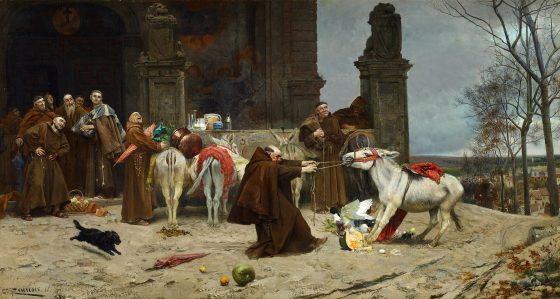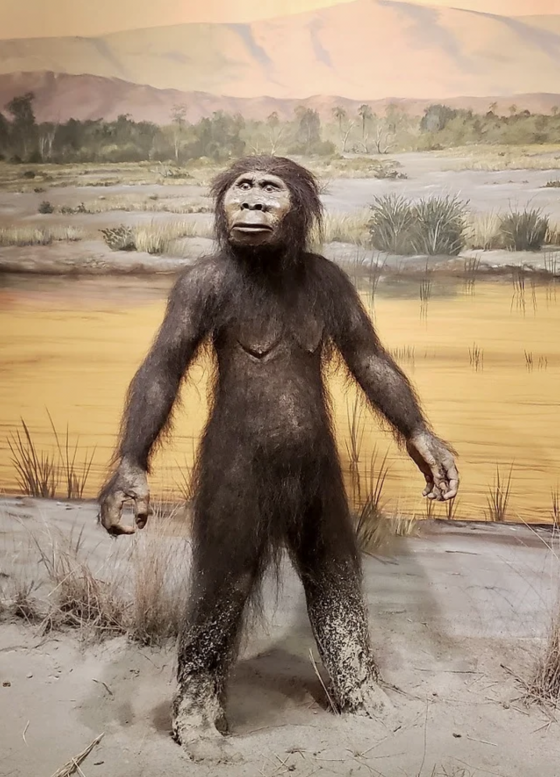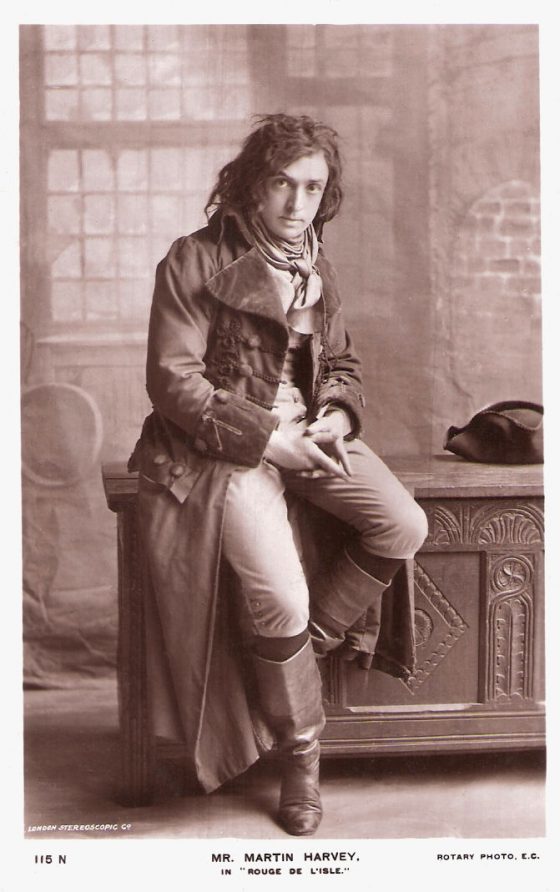
The Dutch have a word for a feeling that encapsulates “finding happiness in someone else’s happiness:” gunnen. This would be the opposite of a German word: schadenfreude — a pleasure derived from another’s misfortune. Slapstick comedy depends upon schadenfreude. Two-year-old children have been observed to enjoy the mishaps of others. Tom and Jerry, The Road Runner Show, The Pink Panther and many other kids’ cartoons use schadenfreude as the engine for their comedy. The use of the word schadenfreude took off (exponentially) around the 90s. The use of the word gunnen, on the other hand, has been flat since the turn of the previous century. We can speculate on whether this means that we would rather pleasure ourselves with the tragedies of others rather than get joy from seeing people happy, but that’s not really here nor there. I’d rather live in the gunnen world than the schadenfreude one, but perhaps slapstick and cartoons would have suffered for it. I often write that reading books helps develop empathy. I’m witnessing this development now first hand as I observe the blossoming of my granddaughter’s full repertoire of feelings. She is about to turn four. We read a lot together, and she…






